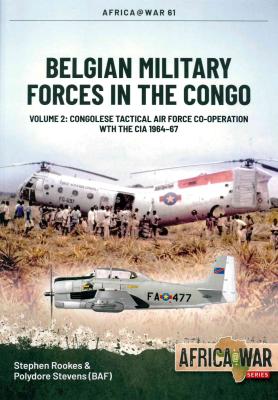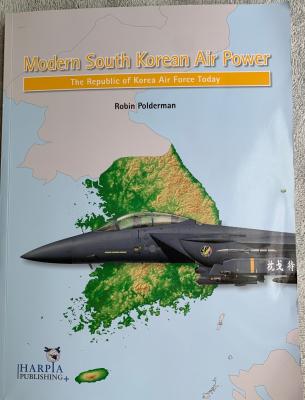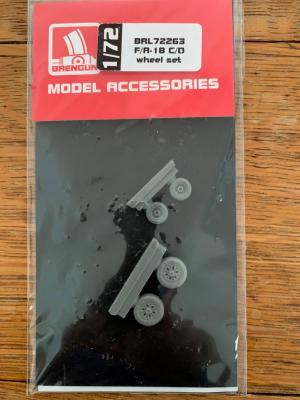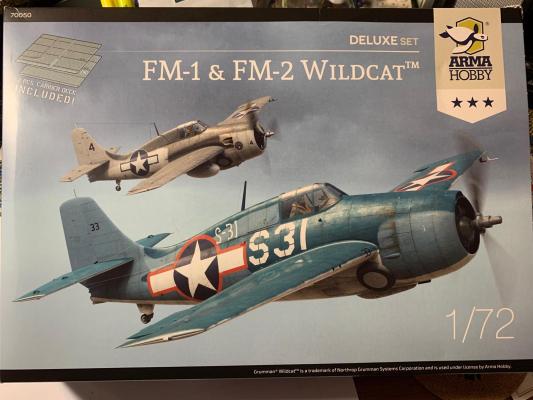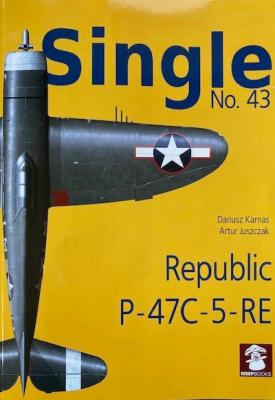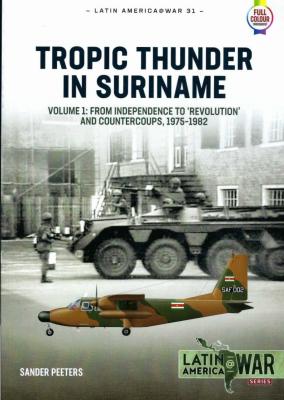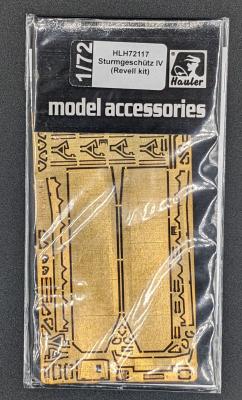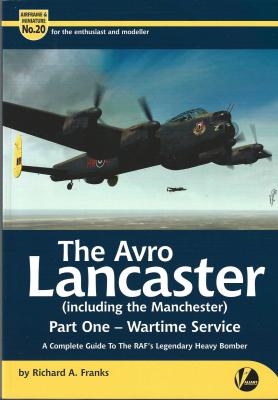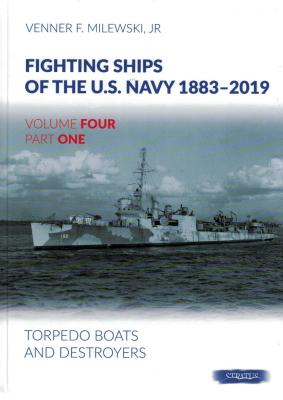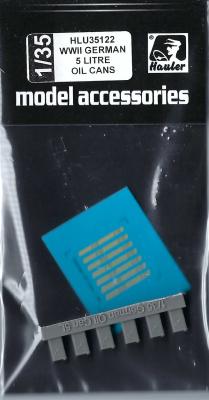This is the second volume of the Belgian Military Forces in Belgium. The first book, “Belgian Military Forces in the Congo, Volume 1: The Force Publique, 1885-1960”, covered the events of Belgium’s 75 years in their Congo colony, leading to the official withdrawal of Belgian forces. Volume 2 picks up in 1964 after the newly independent Republic of the Congo-Kinshasa’s (later renamed Democratic Republic of the Congo-DRC) brief, bright future was overcome with internal factions, and the independence movement spreading through Africa (with several backed by Marxist forces). While Belgium wanted to remain hands-off, it quickly became apparent that they needed to step in to protect Belgian and Congolese interests.
Reviews
This volume continues Harpia Publishing’s look at the air arms of some of the less well-known nations of the world, examining the Republic of Korea’s Air Force (ROKAF).
With a highly unstable and unpredictable neighbor to the north, the Republic of Korea Air Force (ROKAF) has to be constantly on guard and ready to fight. To ensure its ability to do this, it is closely allied with the United States and operates not only some of the most modern aircraft built in the United States, but also several modern indigenous designs.
The book focuses on the ROKAF, its history, its current capabilities, its challenges, and its future. It also looks at the politics and alliances that play out in this region. The book is divided into eight chapters with two appendices:
This set provides replacement nosewheels and main wheels for 1/72 F/A-18C/D kits. It includes two nose gear tires, two main gear tires, and is designed to provide one-for-one replacement parts for the kit wheels. The set does not specify which kits it applies to, so I assume it is intended to be a generic set applicable to any 1/72 F/A-18C or D kit.
I had a Hasegawa F/A-18C kit on the workbench, so I used the wheel set on it. All four wheels are very well cast with excellent hub details and tread along with the brakes on the main gear tires. The detail is very crisp and a big improvement over the kit wheels. The wheels are molded with a flat spot on each one to simulate weight on them.
After washing the wheels and separating them from the pour stubs, I painted the tires Tamiya NATO Black and the hubs Tamiya Flat White. After sealing them with clear flat, I applied a dark brown wash to the hubs to bring out the bolt and brake assembly details.
By 1943, the US Navy had committed itself to an ambitious carrier building program, including not only the full-size Essex class carriers, but also a lot more smaller escort/jeep carriers. The escort carriers were envisioned to be equipped with a composite squadron comprised of Wildcat fighters and Avenger torpedo aircraft. As Grumman had ceased building both types of aircraft in order to concentrate on building F6F Hellcats, license production of Wildcats was transferred to General Motors, resulting in the FM-1 and FM-2 aircraft. The FM-1 was essentially a four gun F4F-4 Wildcat, while the FM-2 featured a more powerful engine, resulting in more engine torque necessitating the installation of a taller vertical tail on the FM-2 (which is accurately depicted on the FM-2 kit).
The book compiles the 4-view color profiles, scale plans and photo details of the single variant of the Republic P-47C-5. Scale plans are in 1/72 & 1/48 scale, plus drawings from wartime technical manuals. Also included are photos of the details in B&W and color.
For any person wishing to build the P-47C model, this book would be a great resource. There are 3 view drawings showing the fuselage formers, wing rib size and location, panel lines on the aircraft and rivet lines. There are technical drawings for the construction of landing gear, cockpit layout and dashboard instrument locations to name a few. This book can be used to give extra detail your model’s cockpit. One page focuses on the area of the cockpit containing map pocket storage and other pocket storage areas.
The country of Suriname is located on the northeast coast of South America, bordered by Guyana in the west, Brazil to the south, Guyana in the east and Atlantic Ocean to the north, located slightly north of the equator. Suriname is a country of rich natural resources, and the south is sparsely populated with dense rainforests and savannah. The highest peak is 1,280 meters above sea level. Its history dates to the first Arawaks in 7,000-8,000 BC. The Caribs, another Amerindian tribe, invaded in 1,100 AD and drove the Arawaks from their settlements. The war was still ongoing when the first European settlers arrived with the Dutch in 1613. The British and Dutch fought two wars, the result of which was the Treat of Breda in 1667 was the Dutch got to keep Suriname, and the British kept the former Dutch Colony of New Holland. The British renamed it New York.
While the Sturmgeschütz III was Germany's most-produced fully tracked armoured fighting vehicle during World War II, the Sturmgeschütz IV was its very closely related brother in the later part of the war. The Sturmgeschütz IV was the result of Krupp’s effort to meet the requirement for another assault gun variant.
For those modelers wishing to add more detail to their braille scale Stug IVs, Czech photo etch (PE) manufacturer Hauler produces an outstanding set for the popular Revell Sturmgeschütz IV kit. Manufactured by Jan Sobotka, this package comes with one fret (4 1/8” x 2 3/16”) that will bring your Sturmgeschütz IV to the next level.
This is the 20th book in the Airframe and Miniature Series. This book covers the Lancaster and its predecessor the Manchester. This is part one of a series on the Lancaster and covers the Wartime Service. These books cover the development of the Aircraft, detailed walk around pictures, profiles and covers model kits and accessories to build them.
I found this book a fountain of information and rare pictures of the development of the Lancaster and the Manchester. The Profile pictures are a particular favorite and awesome source for modelling. Also, the in-detail section covering the interior etc. is perfect for the Border Models 1/32 scale kit.
The chapter on the different model builds and kits are of great interest and will provide a good resource when modelling these two tanks.
Venner Milewski Jr. has undertaken the monumental task in cataloging each and every US Navy vessel commissioned since 1883, the year congressional funding was approved for America’s first four steel warships. His encyclopedic work is titled Fighting Ships of the U.S. Navy 1883-2019. Milewski Jr.’s compilation provides the physical details of each ship, its specifications, propulsion, armament, etc. as well as the important milestones of its service life. Most of the articles include at least one, and sometimes as many as four high quality photographs of the vessel described. To date, four multi-part volumes have been published, with each part focused on a specific time period. Volume One addressed aircraft carriers while Volume Two covered battleships and New Navy monitors. Volume Three depicts cruisers and command ships.
Introduction and Build
Based in the Czech Republic, Hauler Brengun specializes in resin accessories and model kits in scales ranging from 1/32nd scale to 1/160th scale for armor and aircraft model builders. Additional items available include photoetch, an array of diorama objects and razor saws. For a complete listing of the products, their color catalog can be found at hauler.cz
The six resin 1/35th scale oil cans arrive in a 3-inch x 5-1/2-inch clear package attached to a casting block. Included in the package is a small sheet of decals for banding on each can. It is printed as Oel 5L (Oil 5 Litre). The detail is good given the size. All six cans are cast the same, with each having a swivel-carrying handle and spout cast on the top. Bands are located on the sides giving the appearance of actual WWII German oil cans.

